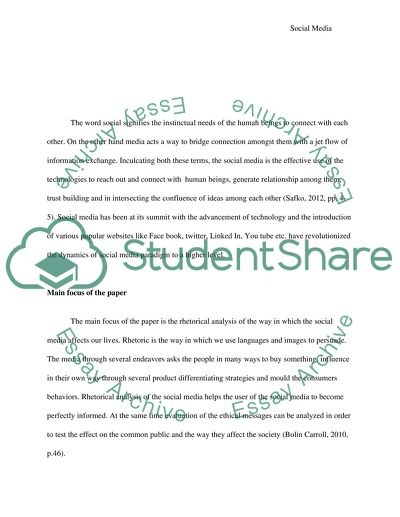Cite this document
(“How Social Media affects the way we live Assignment”, n.d.)
Retrieved from https://studentshare.org/journalism-communication/1399411-how-social-media-effects-the-way-we-live
Retrieved from https://studentshare.org/journalism-communication/1399411-how-social-media-effects-the-way-we-live
(How Social Media Affects the Way We Live Assignment)
https://studentshare.org/journalism-communication/1399411-how-social-media-effects-the-way-we-live.
https://studentshare.org/journalism-communication/1399411-how-social-media-effects-the-way-we-live.
“How Social Media Affects the Way We Live Assignment”, n.d. https://studentshare.org/journalism-communication/1399411-how-social-media-effects-the-way-we-live.


